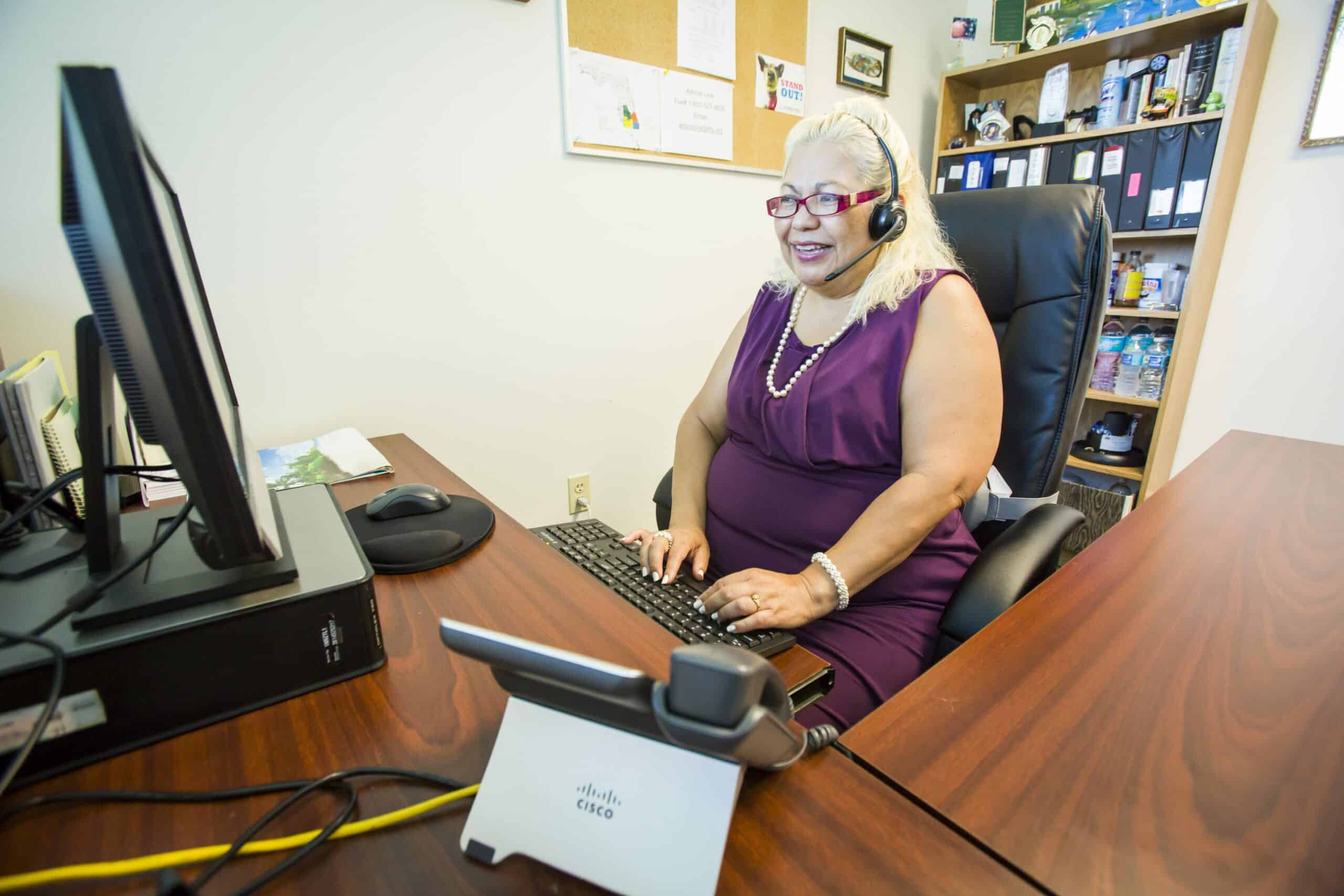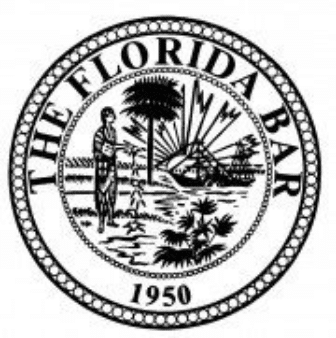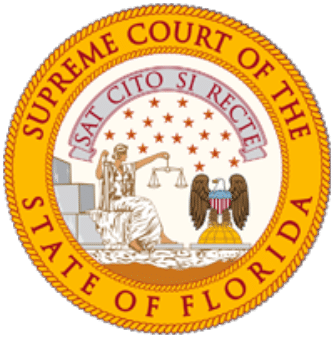
Business-process improvement strategies have the power to increase an organization’s capacity without adding expense, said Melissa Moss, deputy director for strategic initiatives at The Florida Bar Foundation.
That’s a key need for the legal aid sector at this moment, Moss said.

Ilenia Sanchez-Bryson, chief information officer for Legal Services of Greater Miami, Inc., has become one of the most ardent acolytes since the Foundation invited her to attend Lance A. Lewis’ Toyota Way training session in Fort Myers last year.
“In each case the Toyota process asks you, ‘Who are you trying to serve, and does your process really help serve them?’ Sanchez-Bryson asked.
Lewis, a senior manager with the Toyota Production System Support Center, had encouraged managers to start out by carefully examining a problem. Map out the steps, objectively witness first-hand what’s happening, consult with all the people involved, and repeatedly question whether those steps add value. In that way, it’s possible to find the root cause of a problem, he told them.
On returning to Miami, Sanchez-Bryson said she turned her attention to how invoices and accounts were processed within Legal Services of Miami’s finance department.
“We literally mapped out the process, and what they thought was a five-step process that took 5 minutes, we found, was a 23-step process that takes at least 20 minutes,” Sanchez-Bryson said. “Just seeing who is involved, who is touching things, we found multiple people touching things that didn’t need to. It turned out it was just an old rule — we didn’t know why we were doing it.”
They redesigned the process to involve fewer people. “We found we could take 10 minutes off of the invoice payment process. When you add up hundreds of invoices a year, that’s equivalent to one intern’s time.”
Next, Sanchez-Bryson took the process to the agency’s fundraising department. She discovered a large gap between the receipt of gifts and the acknowledgement of them.
“We found often the donation comes in, finance is informed, but maybe the administrative assistant who sends the thank you’s isn’t being looped in until a month later,” she said.
That process was changed, too, so that the assistant learns immediately when a gift has arrived.
A lot of times we start out from, ‘Jane’s just lazy and that’s why it isn’t happening,'” Sanchez-Bryson said. “Lance says, ‘Well, assume she’s not lazy. Let’s remove that and just look at the process for a moment.’ When you set that aside and look at the process, I have yet to find a situation where it’s a bad actor not wanting to do things the right way. Usually it’s the person not being looped in to what’s required.”
Although what attorneys do cannot be easily standardized, there are clearly steps legal aid offices can take to free up resources and ultimately provide more legal services, Moss said.
“I think that in five years, having started here, this will change how legal aid is done across the country,” Moss said.




